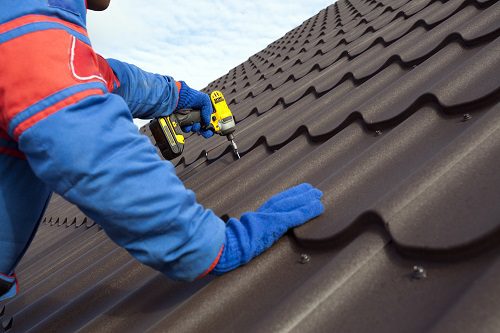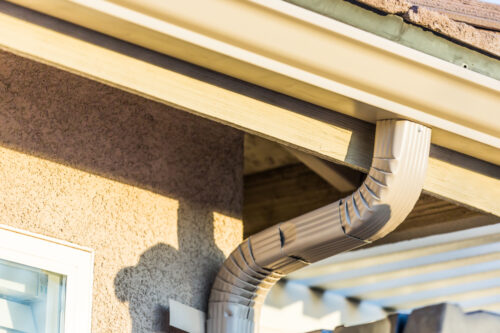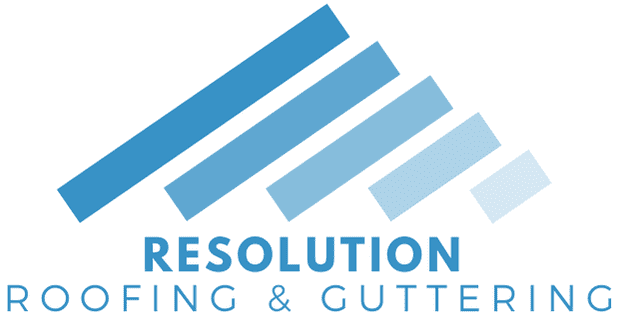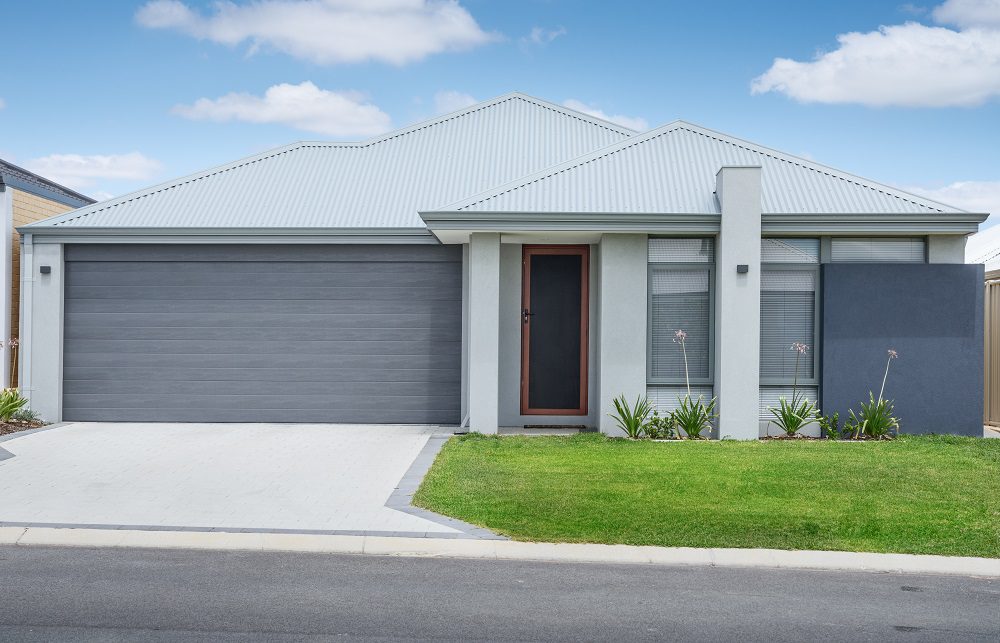Is It Time to Replace Your Roof? Signs You Need to Know
Replacing a roof is an important home maintenance job that can be overwhelming to consider. But with the right knowledge, you can understand when it’s time for your roof to be replaced and ensure your home remains safe and secure. As a roofing expert, I’m here to help guide you through this process so you can make informed decisions about when it’s time for a new roof.
For many homeowners, there is no greater feeling than the sense of security in knowing their home is protected by a reliable roof over their heads. It’s important to stay on top of routine inspections and maintenance before any major repairs are needed – this will give you peace of mind that your family will remain safe under your roof. But what do you do if those regular checks reveal that replacement might be necessary?
In this article, we’ll explore the signs that indicate it’s time for a new roof, from age to weather damage and more! We’ll also look at how often roofs should be inspected and discuss some practical tips on how best to approach replacing an old or damaged one. With my expertise as a professional roofer, I hope to provide insight into when it’s time for you to replace yours — giving all homeowners the confidence they need in their own homes!
Signs Of Roof Deterioration
Are you concerned your roof may need replacing? If so, there are several signs you should watch out for. Sagging roofs are an indication of structural damage and can be caused by wet insulation or rotting wood, which is why it’s important to take preventive measures immediately before the situation worsens. Another sign of deterioration is cracked shingles that have been damaged due to extreme weather conditions or possibly wildlife activity.
Additionally, missing granules on asphalt shingles could mean they’ve reached the end of their life span and will soon require replacement. Mould growth or visible water stains in the attic often indicate moisture seeping into the structure from a leaky roof; this needs to be addressed quickly as mould is hazardous to one’s health.
In summary: inspect your roof regularly for sagging structures, cracked shingles, missing granules, mould growth, and animals taking up residence – all these things signal it’s time for a new roof!
10 Signs Of Roof Deterioration
- Age of the roof – if the roof is more than 20 years old, it may be time to replace it.
- Curling or cracked shingles – this is a clear indication that the roof is deteriorating and needs to be replaced.
- Missing or damaged shingles – this can expose the underlayment and lead to leaks.
- Sagging roof – this can be a sign of structural damage and may require immediate attention.
- Damaged flashing – this can cause water to seep into the roof and cause leaks.
- Granules in the gutters – this can indicate that the shingles are deteriorating and need to be replaced.
- Water stains on the ceiling – this is a clear indication of a leak and needs to be addressed immediately.
- Peeling or blistering paint – this can indicate that water is seeping through the roof and causing damage.
- Cracks in the roof – this can be a sign of damage caused by weather or other external factors.
- High energy bills – a deteriorating roof can lead to poor insulation and higher energy bills.
Assessing Damage
Now that you’ve identified signs of roof deterioration, it’s time to assess the damage. To get an accurate assessment of your roof condition, hire a professional roofing expert for a comprehensive inspection and evaluation. They will look for any areas of potential weakness or degradation, such as cracked tiles, exposed nails, loose shingles, missing granules and other warning signs. From there, they can recommend what type of repair or replacement is necessary in order to maintain your home’s integrity.
It pays to be proactive when it comes to assessing the condition of your roof. A timely inspection and assessment could mean the difference between needing a less expensive repair job versus replacing the entire structure down the road if issues are left unchecked. So don’t wait until you have water dripping through your ceiling – regular maintenance inspections can help keep your roof in top shape and save you money in the long run!
Estimating Costs
Estimating roofing costs is an important part of preparing for a replacement. Cost estimators can help you understand the cost of replacing your roof and determine how much material will be needed. Generally, roof replacement costs are based on the materials used and the size of the roof area being replaced.
When it comes to estimating material costs, there are several factors that need to be considered such as the type of shingle or tile, flashing requirements, and any additional features like skylights or chimneys. Depending on what kind of material you choose for your new roof, prices may vary significantly from one contractor to another. Knowing this information ahead of time can save you money in the long run.
At the end of the day, it’s important to have realistic expectations when it comes to budgeting for a new roof. Taking into account all aspects involved with choosing new materials and hiring professionals to get the job done right can assist you in making sure that you stay within budget while also ensuring quality results.
Factors To Consider When Replacing Your Roof
When deciding when to replace your roof, there are several factors to consider. Age is one of the most important criteria in determining if it’s time for a replacement. The average asphalt shingle roof should last around 20 years, while metal roofs can have a lifespan of up to 50 years with proper maintenance and care.
Of course, this timeline may shorten or lengthen depending on weather conditions and how well you take care of the roof itself. Other materials, such as tile and slate, will also vary in longevity based on these same factors.
In addition to age, other considerations include insulation, ventilation, and material type. Inadequate insulation or ventilation can reduce a roof’s performance by allowing heat transfer into the home during the summer months or out of it during wintertime.
Additionally, certain types of materials do better under specific climates than others – so be sure that you select something suitable for where you live! Knowing all these details about your roof before making any decisions is key to getting the best results from your new system.
Replacing a roof isn’t always necessary; sometimes repairs or upgrades may suffice. But overall, understand that replacing your current setup could save money in energy costs over time – so weigh the pros and cons carefully before investing in a full-on replacement job.
Professional Installation
Now that you’ve got a better idea of when to replace your roof, the next step is finding professional help. The cost and quality of the job can be greatly affected by who does it, so getting reliable and affordable roof installation services is essential for any home improvement project like this one.
The best way to find an experienced contractor is to ask around in your local area or contact a few national companies that specialize in roof replacement. Look up customer reviews online, read contracts carefully before signing them, and make sure they are licensed with their state’s licensing board. Don’t forget to get several bids on the job, too; this will give you more options and let you compare costs between contractors.
When deciding which contractor to hire, keep in mind not only the price but also how well they communicate with you during the process. Make sure they are willing to answer questions about different materials available and explain exactly what needs to be done during the installation process.
Also, check if they offer additional repair services after the installation is complete – depending on your location, these could include leak repairs or insulation replacements as part of a larger package deal. All these factors should contribute to making an informed decision about a reliable contractor for your roof replacement cost.
Frequently Asked Questions
What Type Of Roof Should I Choose For My Home?
When it comes to roofing, there are many options available. Choosing the right type of roof for your home will depend on a few factors, such as climate conditions and budget. Roof material plays an important role in both protecting your home from the elements and increasing its curb appeal. In this article, we’ll break down some common types of roofing materials so you can make an informed decision when it comes time to replace your roof.
There is no one-size-fits-all solution when it comes to choosing the best roofing option for your home. However, understanding different types of roofs and which ones may work best for you is key. Asphalt shingle roofs are a popular choice due to their affordability and durability; however, metal roofs offer superior performance in extreme weather conditions like hail or high winds.
Tile or slate roofs give homes a more traditional look while providing excellent protection against fire damage, but they tend to be pricier than other roofing materials. It’s also important to consider how much maintenance each type requires—some require regular inspections, while others can last decades without needing repairs.
No matter what type of roofing material you choose, remember that quality installation is just as important as selecting good quality materials. Make sure you hire experienced professionals who know how to install these various types of roofs properly so that they remain durable over time and provide maximum protection for your property. With proper research, getting the perfect roof replacement doesn’t have to be difficult!
How Often Should I Have My Roof Inspected?
As a roofing expert, it’s important to understand the importance of regular roof inspections. Roof maintenance is an essential part of keeping your home in good condition and avoiding costly repairs or replacements down the line. That’s why when considering how often you should have your roof inspected, you should aim for at least once a year. This will help ensure that any potential problems are caught early on before they become serious concerns.
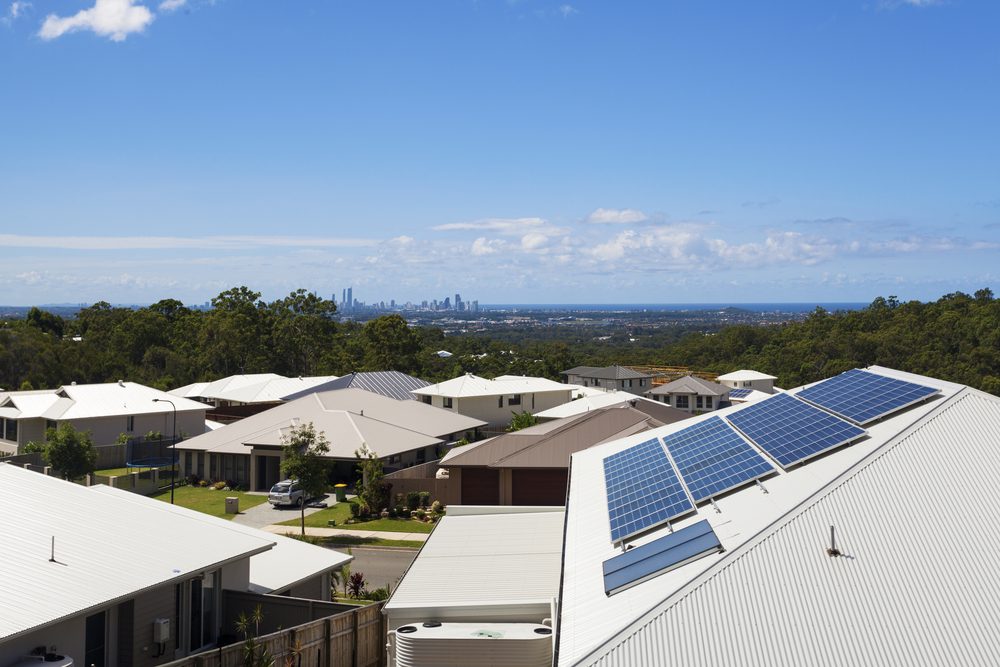
During a roof inspection, your roofer will be able to identify any issues which may need addressing, such as damaged shingles or loose flashing. They can also advise if there’s anything else that could potentially cause damage in the future, like tree branches hanging over the edge of your roof or water pooling around your gutters. Based on their findings and experience, they’ll be able to tell you whether it’s time for a full-fledged roof replacement or just minor repairs.
It pays to stay proactive with regard to maintaining your roof since this helps keep repair costs low and prevents larger issues from occurring later on. A yearly inspection allows you to rest assured that everything looks good on top – and that should something go wrong, you won’t be stuck paying out huge sums for even bigger repairs!
So don’t wait until it’s too late – make sure you get into the habit of having regular roof inspections so that all aspects of your roof stay in tip-top shape all year round.
What Is The Estimated Lifespan Of A Roof?
The estimated lifespan of a roof is an important factor to consider when assessing the condition and longevity of your home’s structure. When it comes to roofs, their life expectancy can vary greatly depending on many factors, such as the type of material used, environment, maintenance, and installation quality.
Here are some key points to keep in mind regarding roof lifespans:
- Asphalt shingle roofs have an average lifespan of 15-30 years.
- Metal roofing typically lasts 40–70 years or more with proper care and maintenance.
- Tile roofing has an expected lifespan of between 30–50+ years.
- Flat Roofs can last anywhere from 10-20 years if properly maintained and sealed regularly against weather damage and wear and tear over time.
No matter what type of roof you have installed, its durability will depend heavily on how well it is maintained throughout its lifetime; regular inspections by experienced professionals should be done at least every 3-5 years to ensure that any potential issues are caught early on before they become costly repairs down the road. While this may be inconvenient for some homeowners, taking proactive steps like these can help significantly extend your roof’s life expectancy – potentially saving you thousands in long-term replacement costs.
How Do I Know If I Need To Replace My Roof?
Knowing when it is time to replace your roof can be a difficult decision. There are various factors that come into play, and the process of identifying damage may not always be straightforward. However, understanding the signs of needing a roof replacement can help you make an informed decision about when to take action. When assessing whether or not it’s time for a new roof, there are several things to consider, including roof shingles, leaks, and general wear and tear from age.
A thorough inspection by a professional will provide insight into what kind of shape your roof is in and whether or not it needs replacing. Look out for missing shingles as well as cracks or curls in existing ones, which could indicate water damage underneath or around them. It’s also important to check for any residual moisture inside the house, such as visible stains on ceilings or walls, especially after rainfall – these could signify roof leaks.
Additionally, if you know how old your current roof is. This can give you an idea of its estimated lifespan as roofs typically last between 20-25 years depending on materials used and maintenance over the years.
All of these indicators should factor into your decision-making process when determining if you need a new roof installation. Even with regular maintenance, all roofs eventually reach their limit, so start looking at potential upgrades before major problems arise. Being proactive about protecting one of the most vital components of your home gives you peace of mind knowing that it is safe and secure from harsh weather conditions now and in the future.
What Type Of Maintenance Is Required For A Roof?
When it comes to roof maintenance, there are several key factors that must be taken into account. Roof repairs, cleaning and gutter maintenance, are all important for keeping a roof in good condition, as is ventilation maintenance. As a roofing expert, I can tell you that taking care of your roof will help ensure its longevity and keep it looking great for years to come.
Here’s what you need to know about rooftop maintenance:
- Inspect the roof regularly – look out for any signs of damage or wear-and-tear, such as cracked tiles or broken shingles.
- Keep gutters clean by removing debris periodically so water can flow freely away from the house.
- Schedule regular inspections with a qualified roofer who can identify potential issues before they become major problems.
It’s also important to remember that preventive maintenance can save time and money in the long run; when caught early enough, minor repairs could prevent costly replacements down the road. Taking proactive steps like this means you won’t have to worry about unexpected expenses due to neglecting your roof upkeep responsibilities – plus, you’ll enjoy peace of mind knowing your home is safe and secure! So don’t delay – make sure your roof gets the attention it deserves today!
Conclusion
As a roofing expert, I highly recommend that homeowners have their roofs inspected every few years to ensure they last as long as possible. It’s important to note that the longevity of your roof will depend on several factors, such as the type of material it is made from and how well you maintain it.
If you’re noticing signs of wear or damage, like missing shingles or leaks, then it may be time to consider replacing your roof. Replacing your roof can also make sense if its estimated lifespan has been reached. In this case, opting for an upgraded version with better materials could help improve energy efficiency and even raise your home’s resale value.
No matter what type of roof you choose, regular maintenance is essential in order to maximize its life expectancy. Make sure to clear away any debris and keep an eye out for any changes in condition – doing so will help protect yourself and your home from costly repairs down the line.
